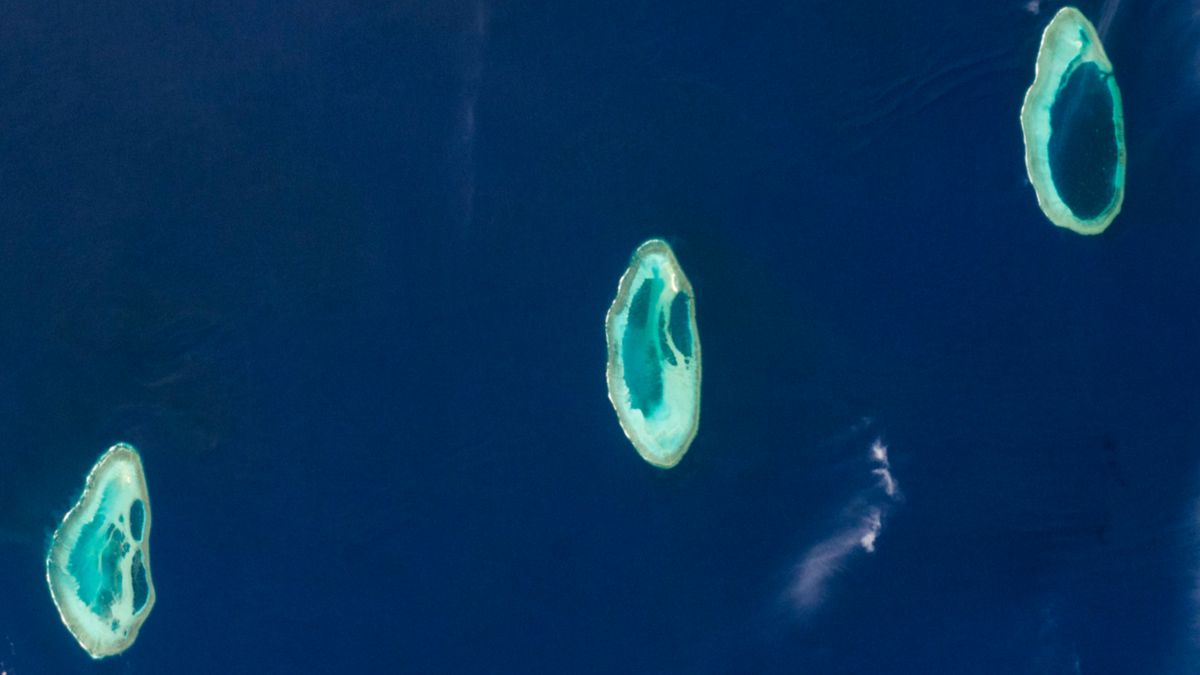Now Reading: Prehistoric Atolls off Australian Coast Captured in Stunning Satellite View
-
01
Prehistoric Atolls off Australian Coast Captured in Stunning Satellite View
Prehistoric Atolls off Australian Coast Captured in Stunning Satellite View

Quick Summary
- Location: Rowley Shoals, an uninhabited Australian territory in the Timor Sea, 290 km off the coast of Western australia.
- Structure: Three atolls – Imperieuse Reef (includes a lighthouse),Clerke Reef,and Mermaid Reef – arranged in a straight line spanning roughly 60 miles (100 km).
- Geology: The atolls were formed from coral reefs surrounding islands that sank due to tectonic subduction; remnants of a massive prehistoric barrier reef system.
- Ecosystem Recovery: previously mismanaged during the 1970s tourism boom; now protected by marine reserves (Rowley Shoals Marine Park and mermaid Reef Marine Park) and home to diverse marine life including sea turtles, reef sharks, giant clams, and over 900 other species.
- Importance for Tourism and Research: A prominent scuba diving destination outside the Great Barrier Reef wiht restricted diving seasons (Sept-Dec) to minimize ecological impact.
!Satellite photo of three oval-shaped atolls
Rowley Shoals consists of Imperieuse Reef (bottom left), Clerke Reef (center), and Mermaid Reef (top right).
(Image Credit: NASA/ISS program)
!Boats sailing through an atoll lagoon
Tourism mainly revolves around scuba diving due to past years of ecosystem decline.
(Image Credit: Explore Parks WA)
Indian Opinion Analysis
India may draw valuable lessons on balancing tourism with environmental preservation from Rowley Shoals. Like Australia’s efforts to protect these delicate marine ecosystems after prior mismanagement, India could enhance conservation programs focusing on vulnerable regions such as the Andaman & Nicobar Islands or Gulf of Mannar. Such areas host rich biodiversity similar to Rowley Shoals but face challenges like uncontrolled human activity.
Furthermore, India’s robust coastline spanning over 7,000 km is frequently subjected to effects driven by natural phenomena like tectonic movements or rising sea levels. Learning about measures implemented for safeguarding ancient coral structures can improve national strategies addressing coastal degradation or deep-sea biodiversity loss without hindering sustainable touristic opportunities.
Collaborative international partnerships for biodiversity research might also emerge as essential platforms based on precedents like Australia’s success enforcing restricted tourism seasons aligned with ecology recovery goals.
























